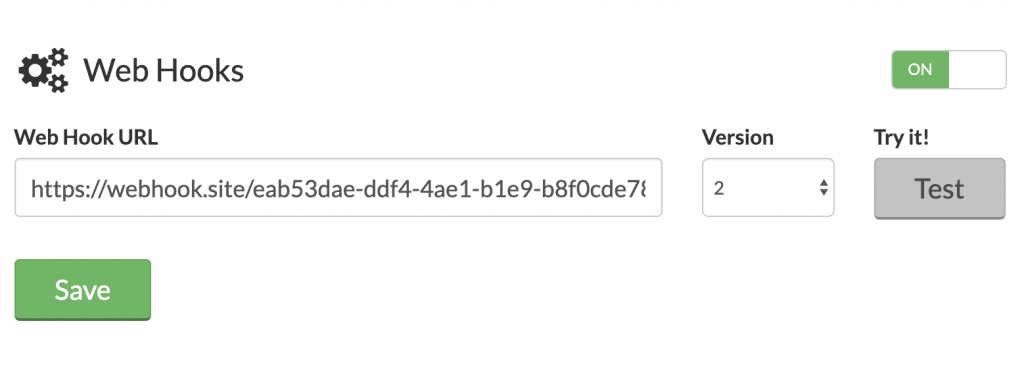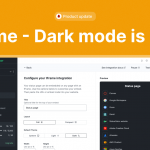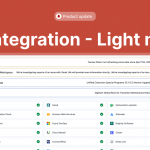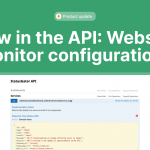Since 2015, StatusGator has offered a unique solution for monitoring the status of hundreds of cloud services. By aggregating each service’s status page into a unified API, StatusGator provides the status of all your dependencies in a single place. Our status page webhooks solution was previously quite basic and limited in its capabilities. But we recently launched StatusGator webhooks v2 and invite you to try it now.

Unified Status Page Webhooks
The magic of StatusGator is its constant monitoring of more than 2,800 status pages around the world. From cloud behemoths like Amazon Web Services to tiny niche SaaS services, StatusGator monitors them all and normalizes and aggregates the status of each of them into a unified status page dashboard. Your StatusGator account allows you to subscribe to the services you depend on, and choose the components within those services that you require to keep the lights on.
Many of those status pages already offer webhooks, but not all. And the format of each of those can vary. StatusGator allows you to configure status page webhooks even for pages that do not offer them and allows you to manage all of those from a single dashboard.
Webhooks Version 2
All new StatusGator accounts have access to our new version 2 webhooks. If you previously had webhooks enabled, your version was left at 1 so you can gracefully upgrade on your own. There are two major differences between V1 and V2:
- V1 sends form encoded variables with a content type of
x-www-form-urlencoded. V2 sends JSON data with a content type ofapplication/json. - V1 only sent basic status page information plus the status of the overall page (up, down, warn, maintenance). V2 sends all that information, plus the status of every component on that page (including regions where applicable), and a list of components with changes in status including the before and after status of each.
Here’s a sample webhook payload for a recent status page change for Hover, the domain name registrar:
{
"service_name": "Hover",
"favicon_url": "https://favicons.statusgator.com/hover.png",
"status_page_url": "http://hoverstatus.com/",
"home_page_url": "https://www.hover.com/",
"current_status": "up",
"last_status": "maintenance",
"occurred_at": "2020-04-27T10:02:31+00:00",
"component_statuses": [
{
"group_name": null,
"name": "3rd Party Services",
"status": "up"
},
{
"group_name": null,
"name": "Hover DNS",
"status": "up"
},
{
"group_name": null,
"name": "Hover Email",
"status": "up"
},
{
"group_name": null,
"name": "Hover Help",
"status": "up"
},
{
"group_name": null,
"name": "Hover Website and Customer Dashboard",
"status": "up"
}
],
"component_status_changes": [
{
"group_name": null,
"name": "3rd Party Services",
"last_status": "maintenance",
"current_status": "up"
}
]
}
As you can see, the status of the individual component that changed is now included in the payload. With this, you can setup complex notification rules or otherwise populate downstream services and integrations with detailed information.
To enable webhooks, go to your notifications page in StatusGator. Toggle on Webhooks, paste in your URL, and click Save at the bottom. You can then test with the test button on the right.

How are you using StatusGator webhooks? Let us know! We thrive on your feedback. Is there anything we can include that would make them more useful?

StatusGator is our service that monitors status pages and sends you notifications when the services you care about go down. You can receive notifications in Microsoft Teams, Slack, by email, SMS, and yes, webhook. Customers love our Slack slash command which allows querying the status of any service on demand right from where your team hangs out.
Try a 14-day free trial of StatusGator and let us know what you think.
Recent posts




